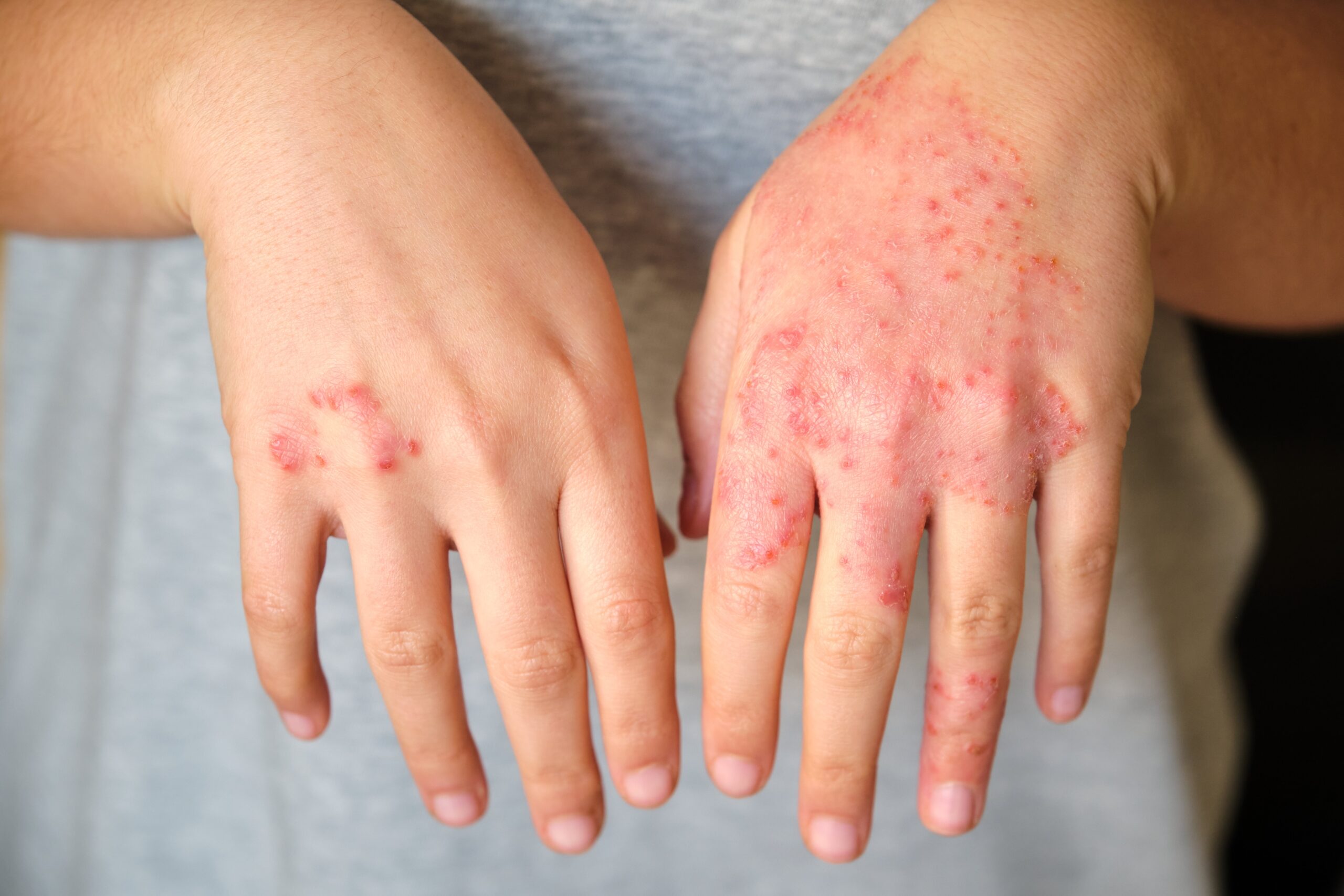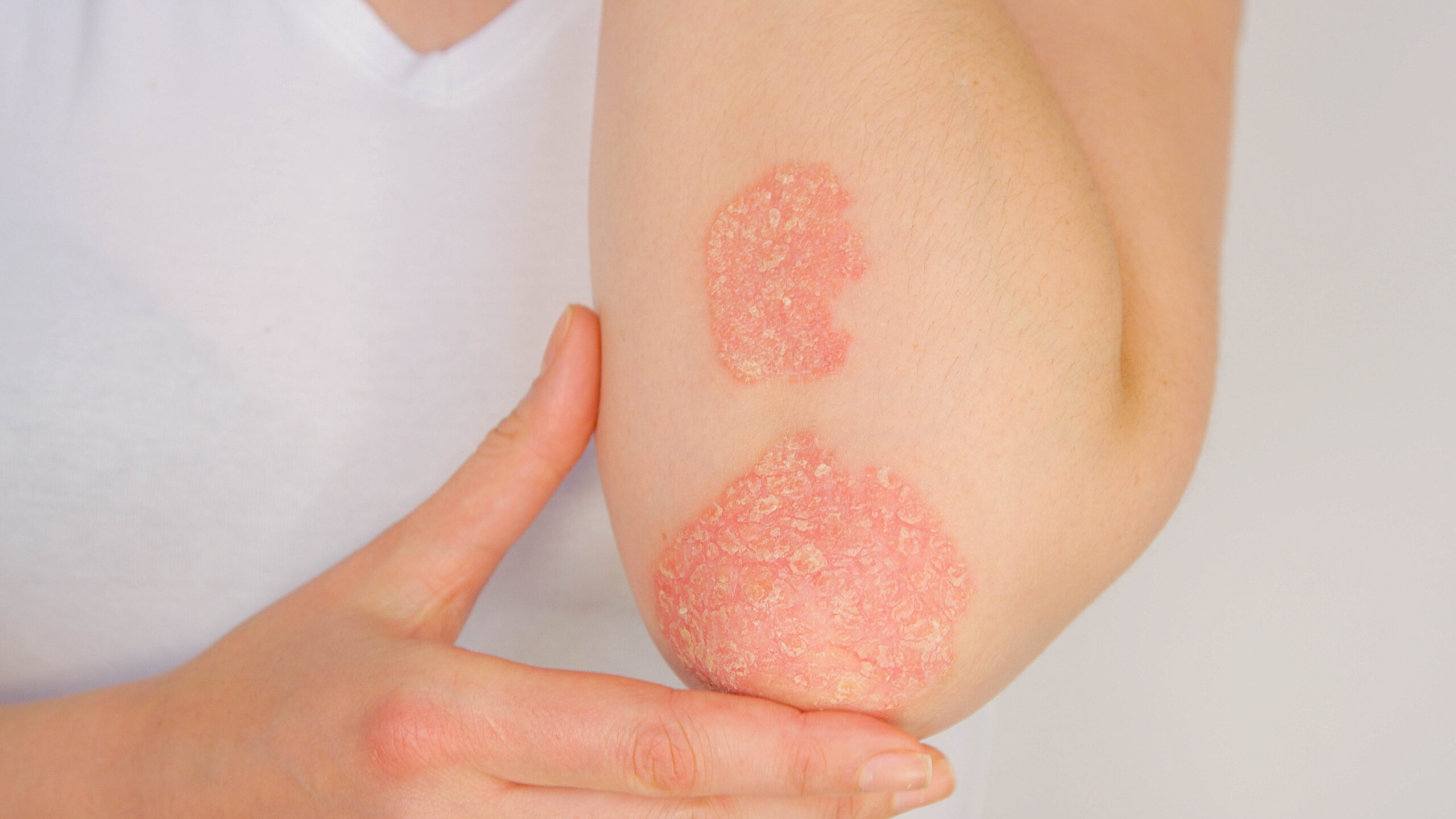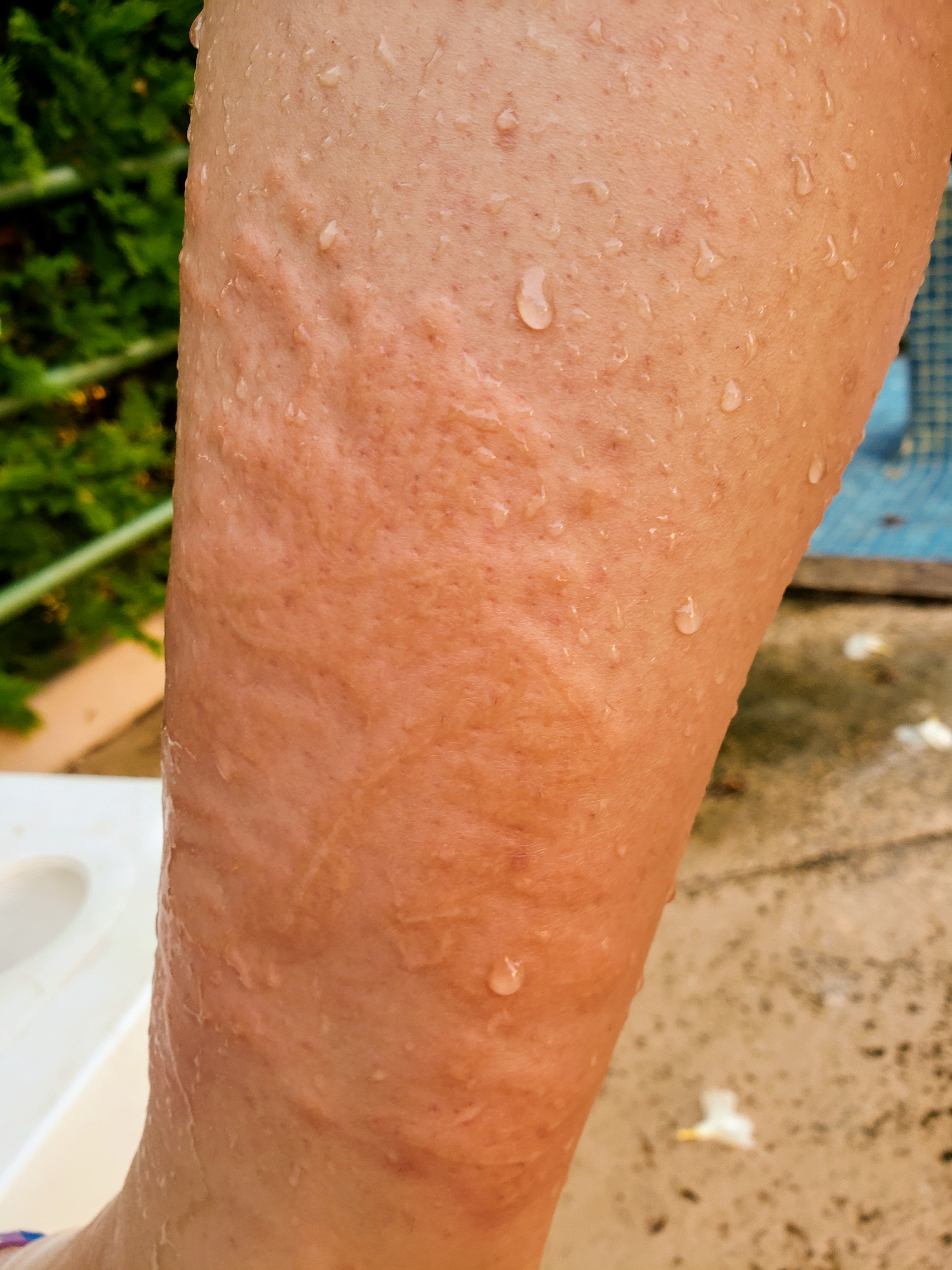A Guide to Common Benign Skin Lesions- Part 2
A benign skin lesion refers to a non-cancerous skin growth. Any individual regardless of age can have a single benign skin lesion or multiple ones.
The common features of benign skin lesions include the following: the lesion is either stable or slowly evolving; symmetry is present in terms of colour, structure, and shape; and spontaneous bleeding is absent.
Benign lesions can be classified according to their cellular origin: melanocytic, keratinocytic, fibrous, vascular, fat, etc.
In a previous post, we discussed melanocytic and keratinocytic benign lesions. In today’s post, we will focus on vascular, fibrous, subcutaneous lesions, and skin tags.
The common lesions of vascular origin include angioma and pyogenic granuloma.
An angioma is formed as a result of proliferation of the endothelial cells. A superficial angioma has a bright red colour and a deeper angioma has a purple or blue colour.
A pyogenic granuloma is a vascular response to bacterial infection and trauma. It appears as a rapidly growing friable nodule on face, fingers, or toes. The colour of the lesion varies from yellow to violaceous colour. Scaly collarette surrounded the pyogenic granuloma.
A common fibrous lesion is dermatofibroma. It is a reactive lesions which appears a singe or multiple firm dermal papules. The dermatofibroma has pink, brown, or tan colour. When the lesion gets pinched, it forms a dimple.
A common subcutaneous lesion is lipoma. Lipoma is the most common benign soft-tissue tumour. Lipoma appears as a soft, rubbery, and freely mobile mass which is found on neck, trunk, or back.
The most common type of skin tag is called acrochordon. It is a soft and fleshy papule which is pedunculated most of the time. The size of lesion varies from 1 to 6 mm in dimeter.



